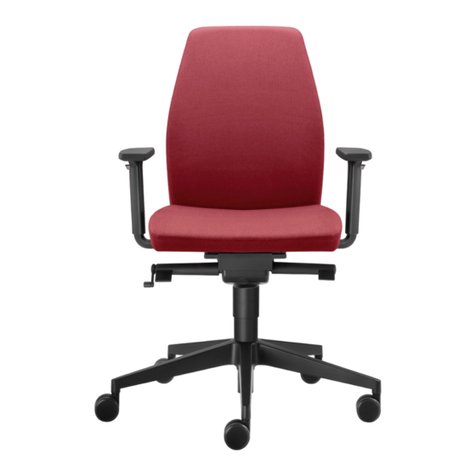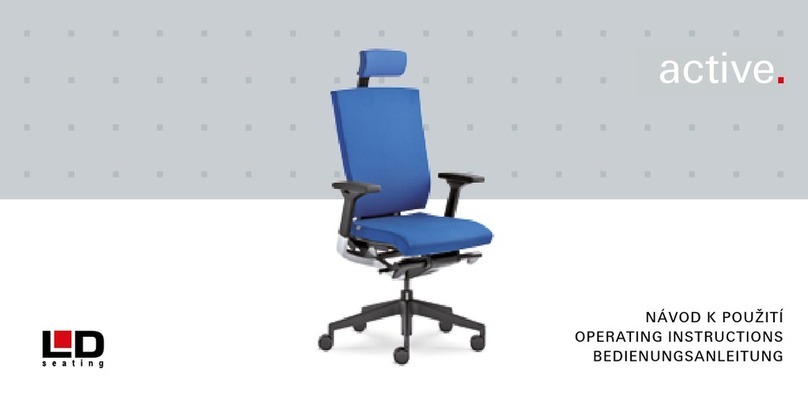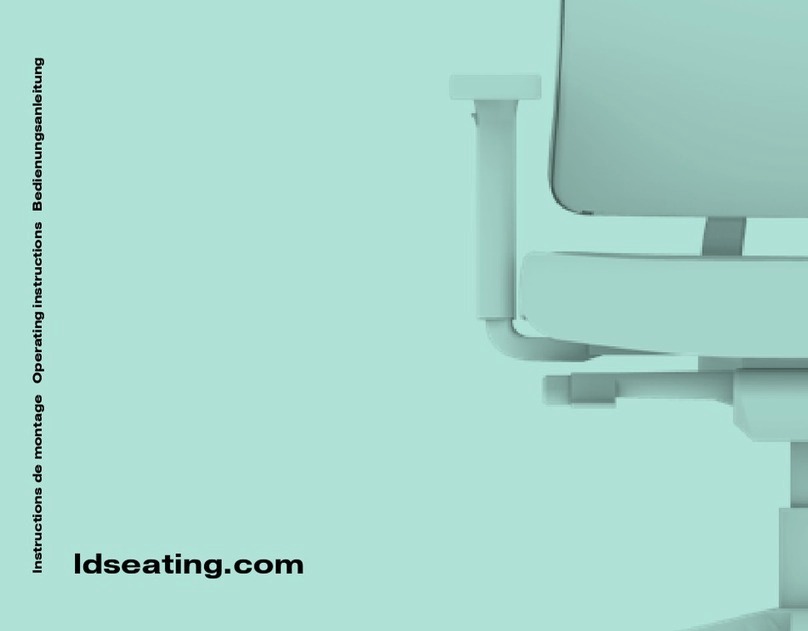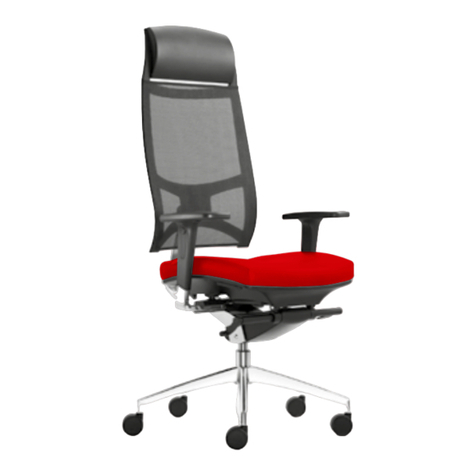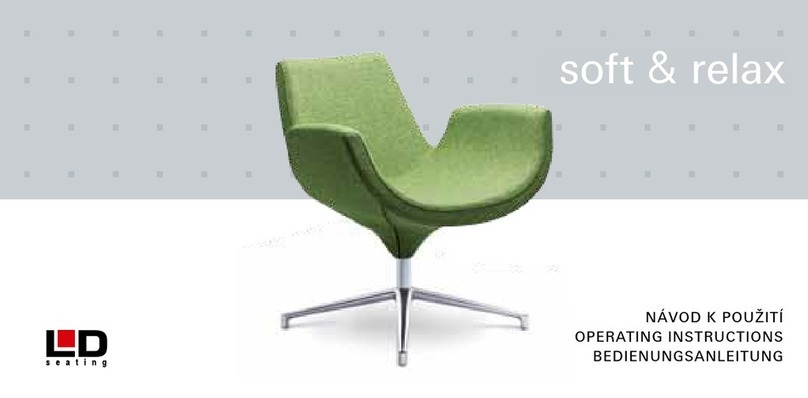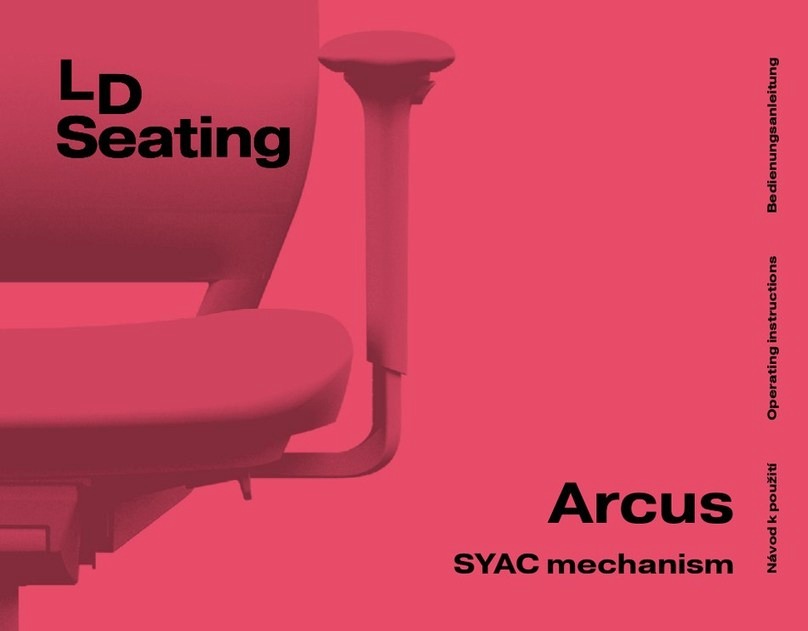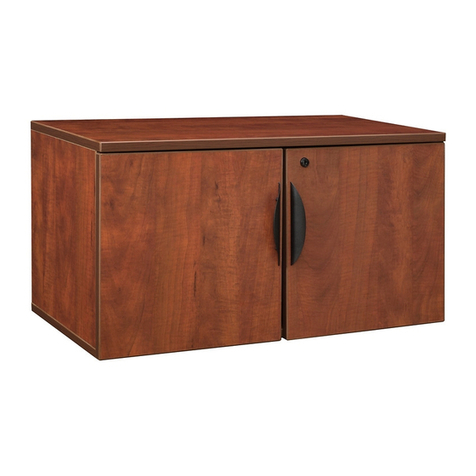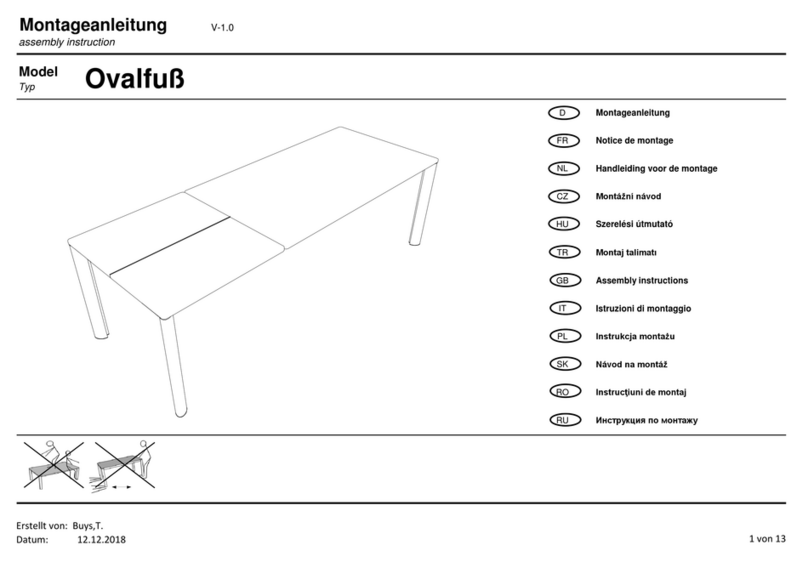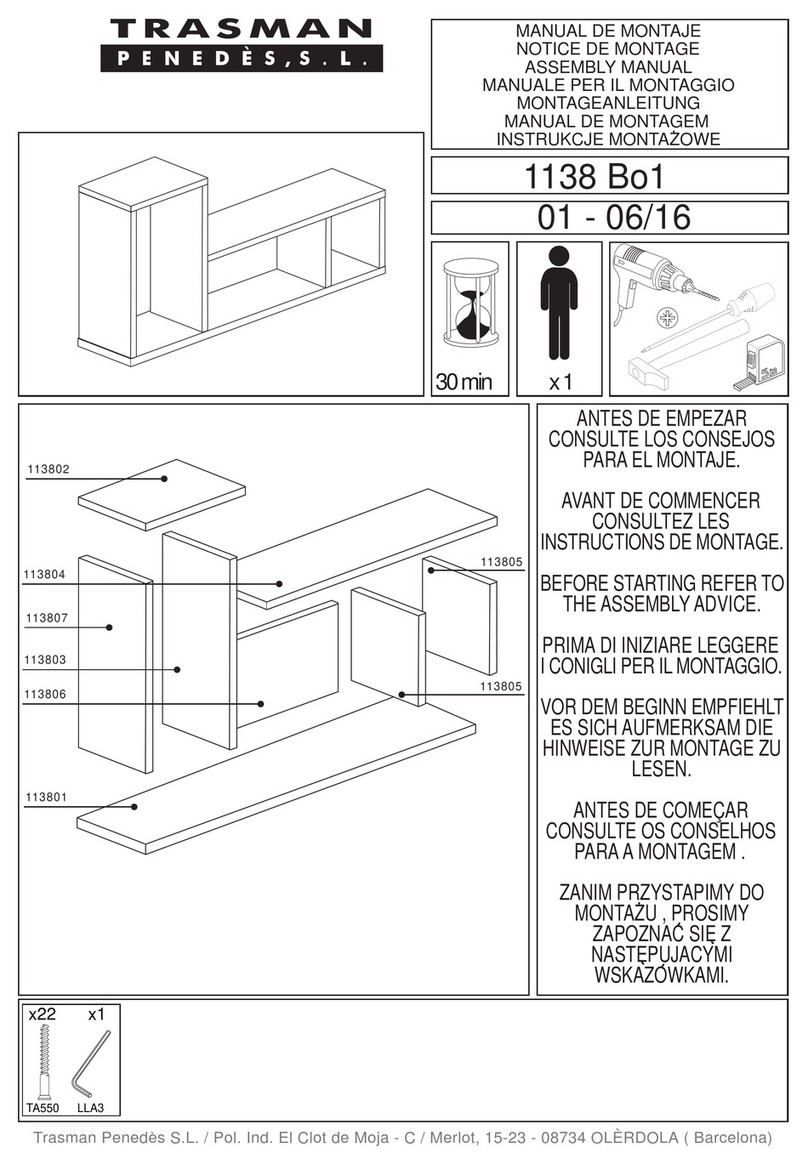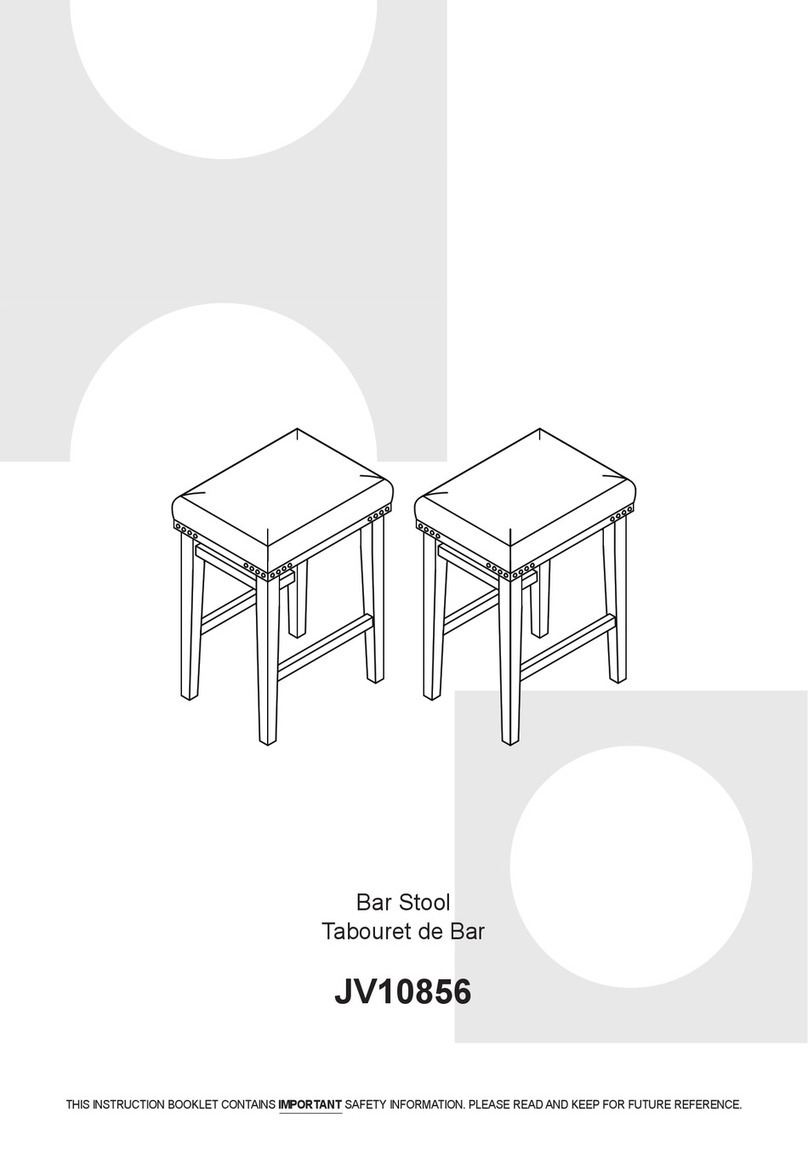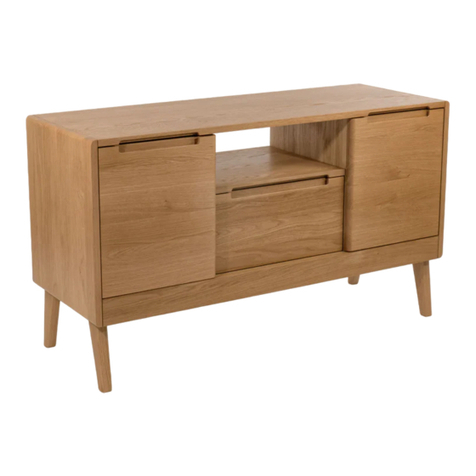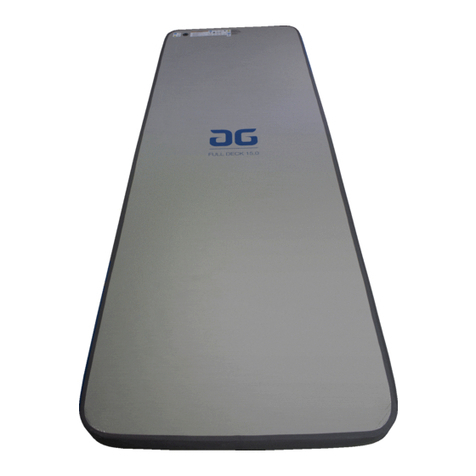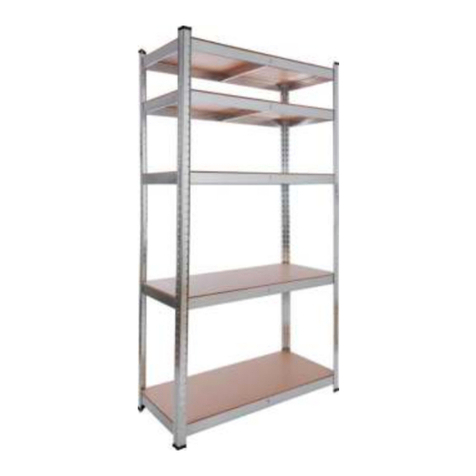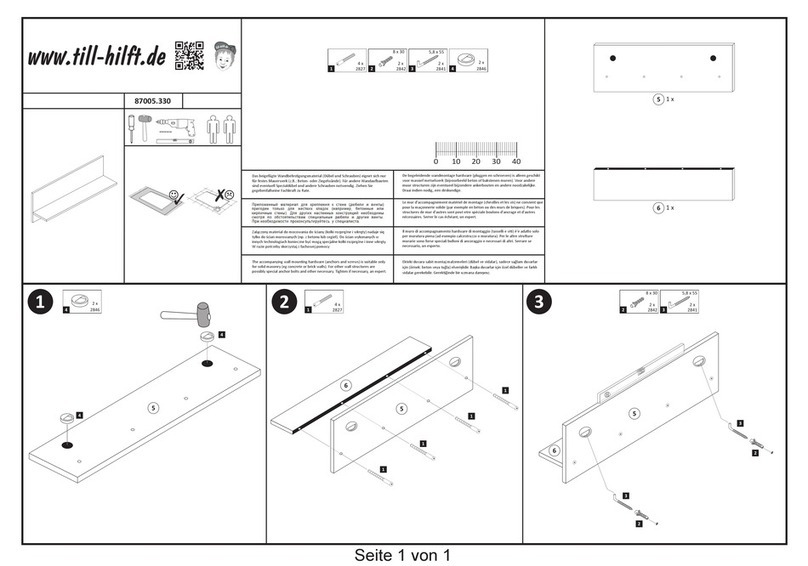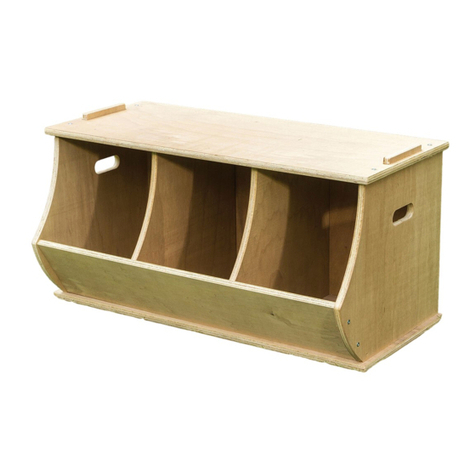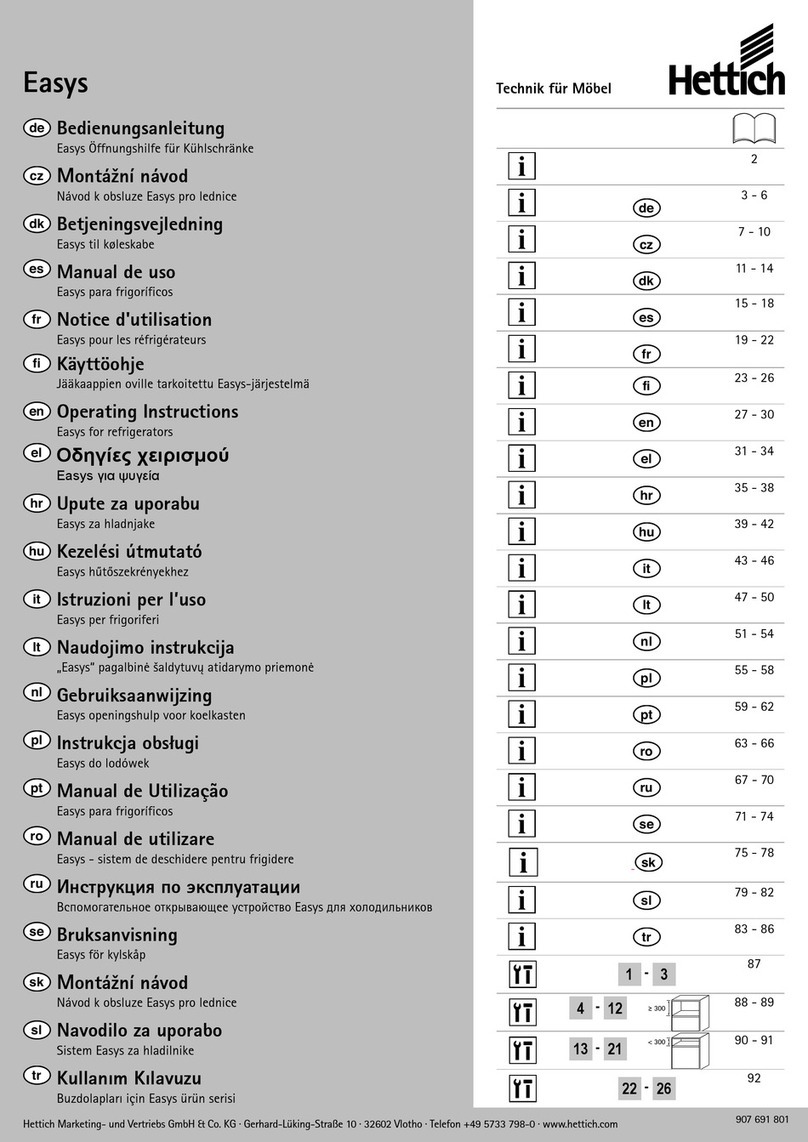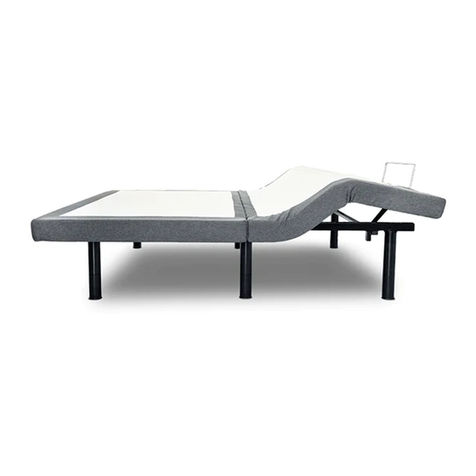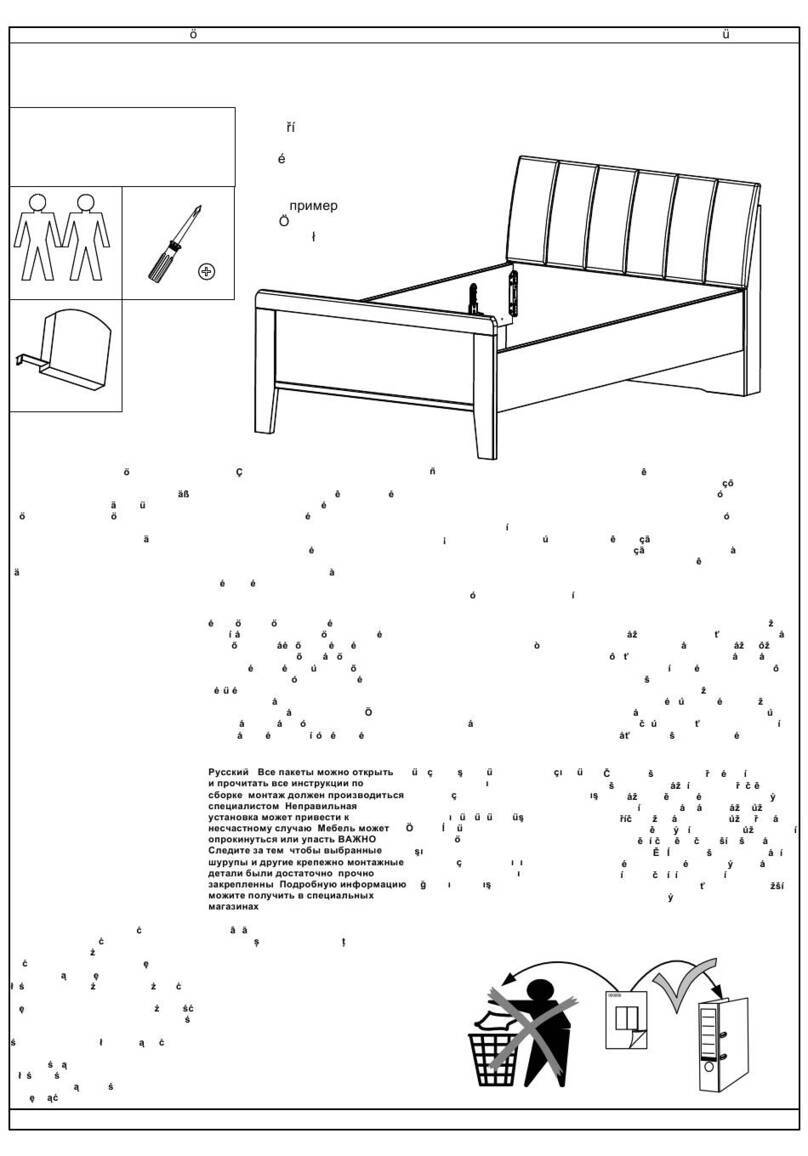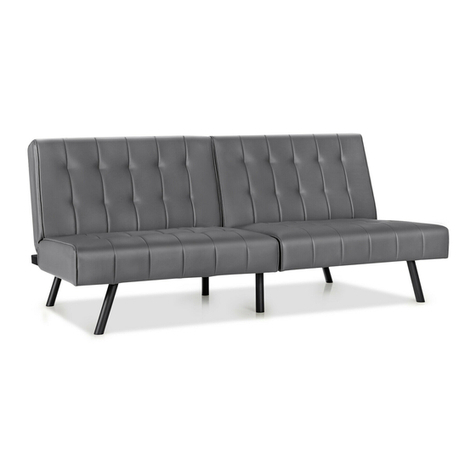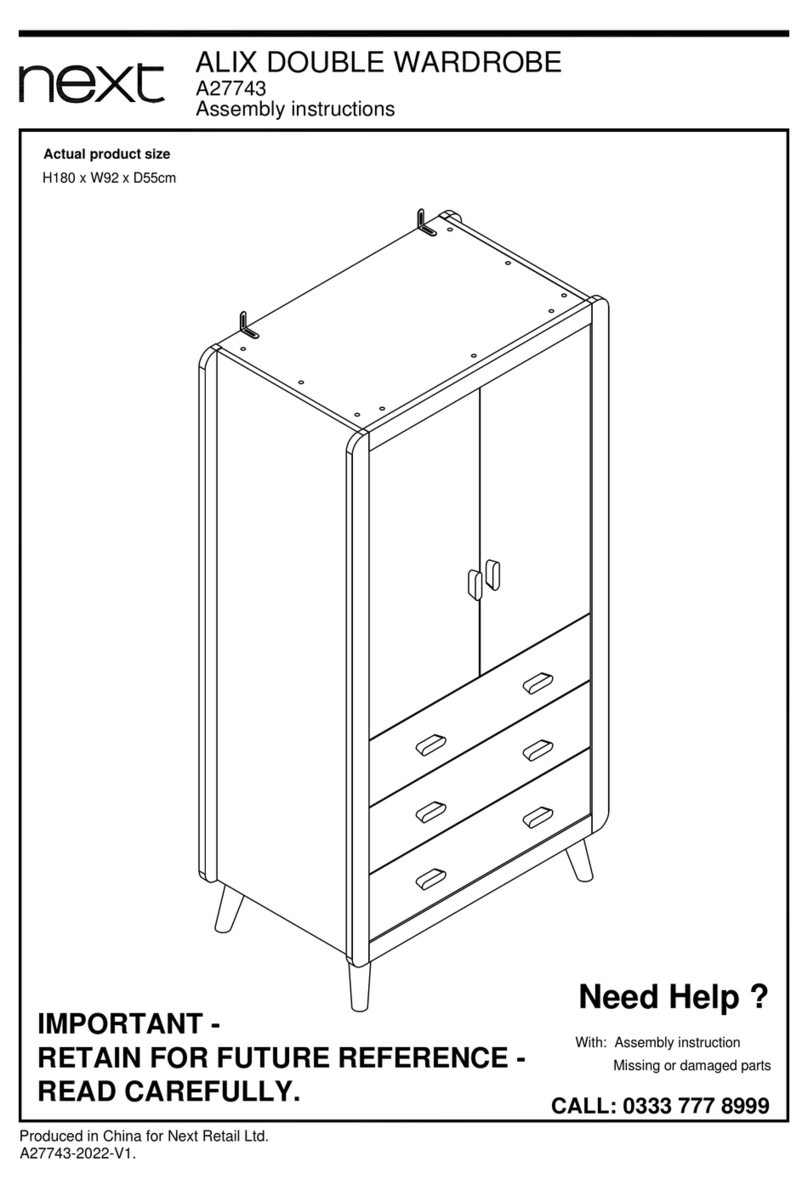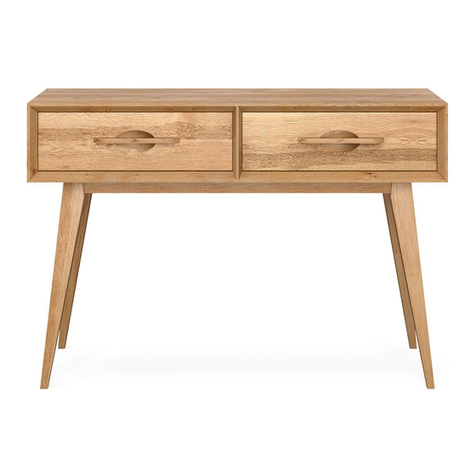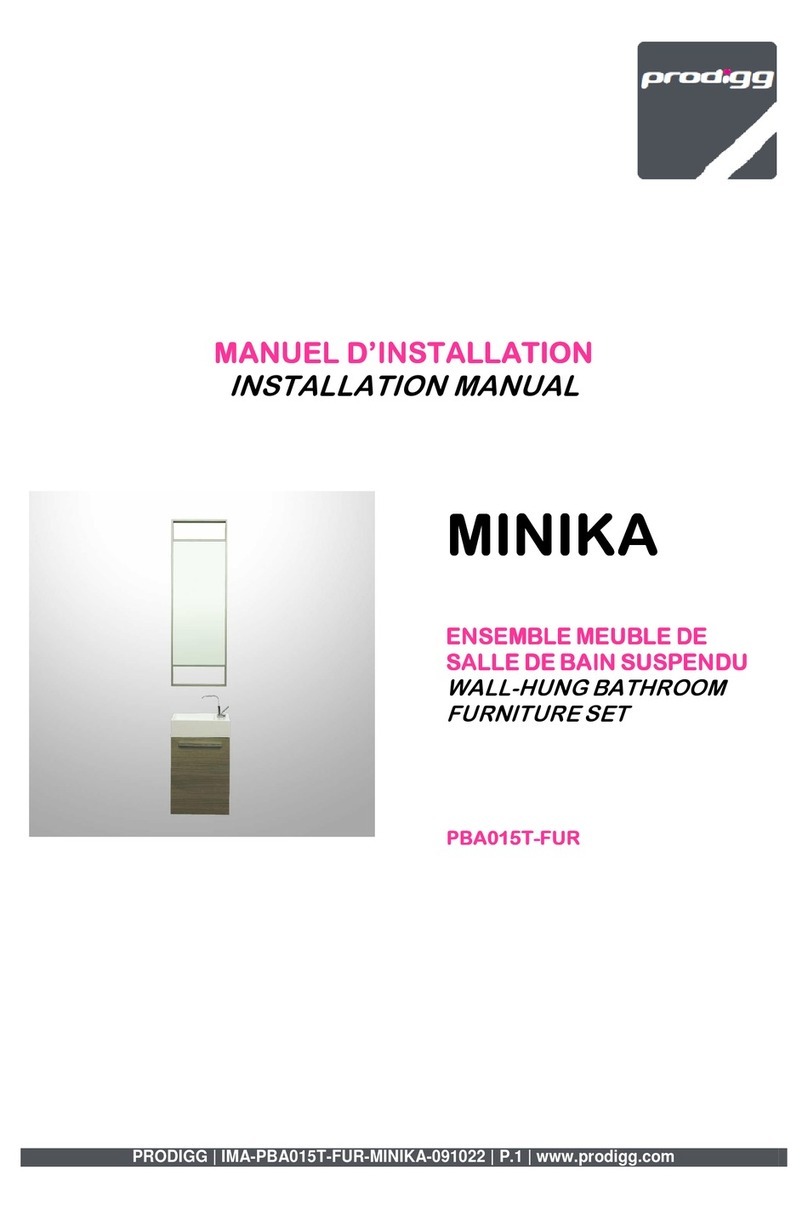
FR
Bonne posture et
utilisation correcte de la
chaise
Une assise correcte et dynamique a un eet positif
sur la créativité, la productivité, la motivation et la
santé. Elle empêche le chargement unilatéral et
active et maintient constamment les processus
naturels du corps. Même la chaise excellente peut
orir des avantages complets uniquement si elle
est correctement ajustée et utilisée.
1. Utilisez toute la profondeur de la surface d‘assise.
2. Réglez la hauteur d‘assise correcte. Toute la
surface des pieds doit reposer légèrement sur
le sol, les cuisses et les mollets doivent être à
environ 90 °.
3. Ajustez la hauteur correcte des accoudoirs. Les
bras et les avant-bras doivent être à un angle
d‘environ 90 ° et les mains doivent reposer
confortablement sur le bureau.
4. Le dossier doit soutenir en permanence votre
colonne vertébrale. Ajustez la résistance
appropriée et agréable du dossier en ajustant
la force du mécanisme en fonction du poids de
l‘utilisateur. Le mécanisme synchrone prend
en charge l‘assise dynamique et fournit un
contact arrière constant avec le dossier de forme
ergonomique, réduisant ainsi considérablement la
pression sur les disques intervertébraux.
Asseyez dynamiquement. Maîtrisez et utilisez
les possibilités dynamiques de votre chaise.
Apprenez à suivre inconsciemment les points de
base mentionnés ici et à maintenir une colonne
vertébrale en forme de S.
EN
Proper seating
and use ofthe chair
Proper and dynamic sitting has apositive eect
on Creativity, Productivity, Motivation and Health.
Itprevents unilateral pressure, and constantly
activates and maintains the body‘snatural
processes. Even anexcellent chair can provide its
full benefits only if it isproperly adjusted and used.
1. Use the full depth of the seating surface.
2. Set your proper seating height. The entire surface
ofyour feet should rest lightly on the floor, thighs
and calves should be approximately at 90°.
3. Adjust the correct height of the armrests. Thearms
and forearms should be approximately at a90° angle,
and your hands should lie comfortably on the desk top.
4. The backrest should permanently support your
spine. Therefore, set asuitable tilt tension by
adjusting the tilt mechanism according to your
weight. Thesynchronous mechanism supports
dynamic seating and provides constant contact
ofthe back with the ergonomically shaped
backrest, thus significantly reducing pressure
onthe intervertebral discs.
Sit dynamically. Master and use the dynamic
possibilities of your chair. Learn to subconsciously
follow the basic points mentioned here to maintain
anupright S-shaped spine.
DE
Richtiges Sitzen,
Benutzung des Stuhles
Richtiges und dynamisches Sitzen wirkt sich
positiv aufKreativität, Produktivität, Motivation und
Gesundheit aus. Es verhindert einseitige Belastung
und aktiviert die natürlichen Prozesse des Körpers.
Selbst ein ausgezeichneter Stuhl kann nur dann
den vollen Nutzen bringen, wenn er richtig
eingestellt und angewendet wird.
1. Nutzen Sie die gesamte Tiefe der Sitzfläche.
2. Stellen Sie die richtige Sitzhöhe ein. Die Füße sollte
leicht auf dem Boden ruhen, dieOberschenkel
undWaden sollten ungefähr 90° betragen.
3. Stellen Sie die richtige Höhe der Armlehnen ein.
DieArme und Unterarme sollten sich in einem
Winkel von ungefähr 90° befinden und die Hände
sollten bequem auf der Tischplatte liegen.
4. Die Rückenlehne sollte Ihre Wirbelsäule dauerhaft
stützen. Stellen Sie daher einen geeigneten
Widerstand für die Rückenlehne ein, indem Sie
die Kraft des Mechanismus entsprechend Ihrem
Gewicht anpassen. Der Synchronmechanismus
unterstützt dynamisches Sitzen und sorgt für
konstanten Rückenkontakt mit der ergonomisch
geformten Rückenlehne, wodurch der Druck
aufdieBandscheiben erheblich reduziert wird.
Dynamisches Sitzen. Beherrschen und nutzen
Siediedynamischen Möglichkeiten Ihres Stuhles.
Utilisation de la chaise Using the chair Anwendung des Stuhles
